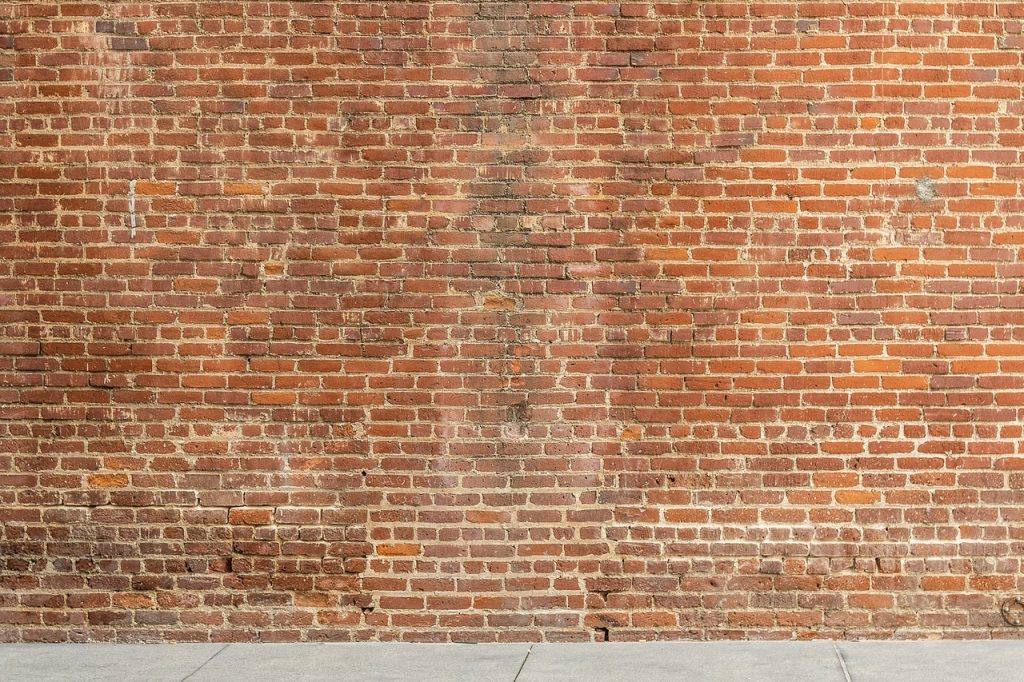It is more than a nuisance if you have a basement flood or water leaks. It can cause structural issues, mold, and drywall problems, affecting the finished living space in your basement.
Even if you have a basement that is only used for storage, a case of condensation can cause hardwood flooring to buckle and produce harmful mold.
According to the American Society of Inspectors, about 60 percent of homes in the US have wet basements, and more than 38 percent are prone to mold.

What Causes a Water Leaking From a Basement?
The basement flood is usually caused by melting snow and rainfall. Even small storms can cause severe flooding. For instance, a house with a roof measuring 1,500 square feet can hold water about a thousand gallons for every inch of rain.
In severe cases, the rising groundwater can cause foundation problems. It can enter through cracks and joints, affecting various components of the structure.
Is It Costly To Make Your Basement Waterproof and Stop The Water From Coming Into it?
Although hiring a professional can cost thousands of dollars, if you can do it yourself, it is possible to fix most wet-basement issues yourself. Even if you are not ready to call the banker yet, you can still get the job done for a fraction of the cost.
The first step in addressing a wet basement is to identify the cause of the issue. There are three main types of problems that can affect a wet basement: subsurface seepage, condensation, and runoff.
How Can I Stop Water From Leaking To my Basement and Dry Them For Good?
There are many ways to stop water leaking from your basement, and getting them dry for good is not hard.
You have to diagnose the Source of a Water Problem
In basements, moisture or water can come from two sources. One is indoor humidity, which condenses on surfaces that have cold temperatures. The other is the water droplets that form when a humid day hits.
Water vapor, which is also referred to as rainwater, is a byproduct of the process of groundwater or rain. It can seep through cracks in the soil around your foundation or penetrate the walls of your masonry or concrete structures.
To determine the cause of the issue, put aluminum foil over the basement wall and inspect it a couple of days later. High humidity levels can be found on the outside surface of the foil, which suggests that the walls are leaking.
You Have To Remove The Excess Humidity
Getting rid of the sources of humid air in your basement will help keep it clean. To do this, ensure your dryer vents are sealed with foil tape. This will keep the unwanted air from entering your basement.
If you have a basement, add a vent fan to your bathroom and turn it on during showers. Also, keep your windows closed during humid weather to prevent condensation. A dehumidifier can help lower the humidity levels in your home.
You Have To Insulate The Pipes
Cold pipes can become prone to condensation, which can lead to basement water problems. To prevent this, cover the pipes with foam insulation, which is easy to cut with scissors.
In cold climates, insulating exterior walls can help prevent water from leaking into the basement. Doing so will also help lower your heating bill and increase energy efficiency. However, covering the walls with insulation could create mold problems if the water gets inside.
Find a Hole In Your Basement Wall and Plug them.
Your foundation can allow water and moisture to seep into your basement. If you have holes and cracks in it, plugging them can help prevent water damage.
A block of hydraulic cement is a great choice for patching holes in a foundation due to its ability to set up even underwater. It also expands as it seals the hole, and it can prevent the plug from being removed.
For this project, use a diamond or a cold chisel to widen or crack a hole or create an inverted “V” on the wall. Follow the package instructions to mix and use hydraulic cement.
Waterproofing The Wall In Your Basement
Like paint, various types of coatings can be applied to the walls and floors of buildings to prevent water from leaking. These are usually done on masonry walls or bare concrete.
To remove loose material, use a wire brush to remove the outer layer of the material. Then, use a masonry cleaner to remove the white “efflorescence.” Follow the instructions carefully.
One mistake most people make when using a masonry waterproofing product is spreading it too thin. The objective is to cover all the holes in the product to create a continuous membrane. To achieve this, brush the coating in all directions and add a second coat after the first one has dried.
What We Can Do
At San Mateo Restoration, we provide 24-hour water leaking services that will help you get rid of all the water that is leaking in your home. Especially from your basement walls. If left unattended and not handled properly, water can slowly accumulate and clog your walls, floors, and ceiling.
We provide 24-hour water damage restoration services to both residential and commercial customers. Our experienced technicians can help you save your furniture and carpet by preventing water from entering your basement walls. Our customer support center is available to help you immediately respond to your issue.
Final Words
If you have chronic basement leaks, you can fix them by installing drainage tubing under the floor. This will allow you to use a pump and sump basket to collect and store water.
You may want to install this kind of system, but it involves a lot of work– from smashing out your concrete floor, concealing the tubing, and restoring the floor. While you can do it yourself, a professional water damage restoration service is still the best resolution.

